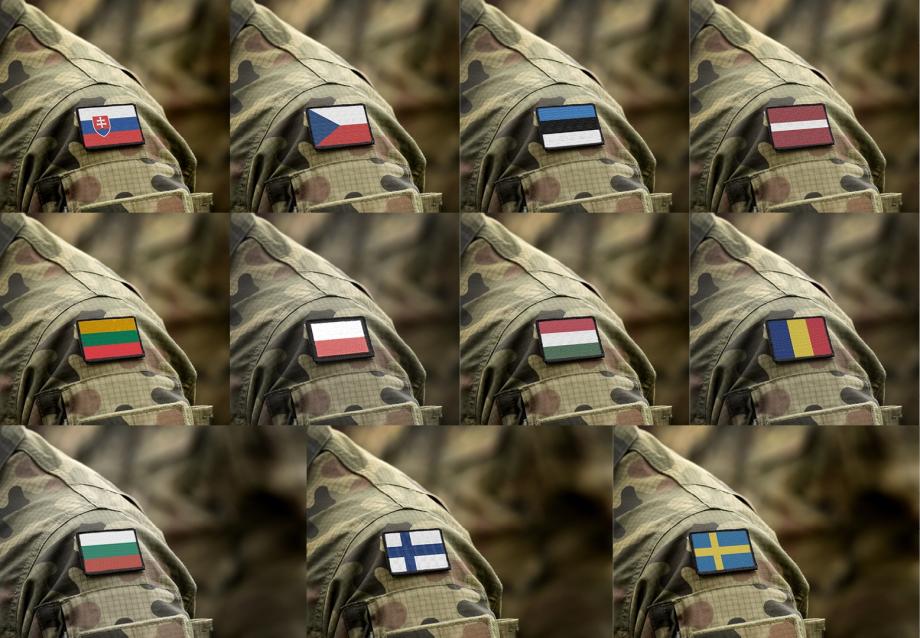Will the Eastern Flank be Battle Ready?

Deterrence has long been a key mission for NATO members of the eastern flank, but the eastern flank has evolved considerably since the Cold War, not least because of the historical and economic diversity of the region that now characterises it. Whereas the eastern flank comprised frontline states like Turkey, Italy, West Germany and Denmark during the Cold War, it now stretches from Finland (with Sweden likely to join soon), the Baltic countries of Estonia, Latvia and Lithuania, Poland, Czechia, Slovakia, Hungary, as well as Bulgaria and Romania.
The post-Cold War eastern flank has a more varied geopolitical landscape, with new member states having different historical experiences, threat perceptions and defence priorities. Moreover, significant disparities characterise the military capabilities of these countries. Overcoming these inequalities and differences in order to secure adequate defence capabilities of the eastern flank should be one of NATOʼs top priorities. During the Cold War, the eastern flank was exposed to the Soviet threat. The eastern flank today is now threatened by Russian revisionism that is plainly evident in Ukraine. Whilst waging the war in Ukraine is proving costly to Moscow, Russia may yet find a way to reconstitute its military power by 2030.
NATO and its eastern flank members must therefore identify what measures they need to adopt now so that they can field the necessary capabilities in time to deter effectively against the Russian threat. Already eastern flank members have increased their defence spending, and as many of them have been draining their Soviet legacy stocks to aid Ukraine’s defence, they now have the opportunity to recapitalise their militaries. The purpose of this report is to identify the necessary eastern flank capabilities and readiness levels for a credible conventional deterrence by 2030. Credible conventional deterrence means maintaining and deploying military forces, such as ground troops, air power and naval assets, that can effectively counter and repel potential conventional attacks.
Our focus on conventional deterrence does not diminish the importance of nuclear deterrence, economic and diplomatic pressure, or a willingness to defend but rather provides an in-depth perspective on building operational capabilities. Other identified components of deterrence, such as nuclear deterrence, will be studied closer in separate papers of the series on Re-learning deterrence under the GLOBSEC Future Security & Defence Council.
What should be done to bolster the eastern flank’s deterrence capabilities? Read the full report below.


